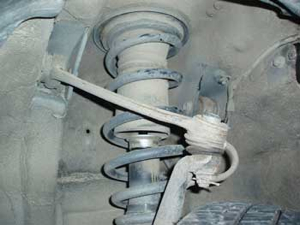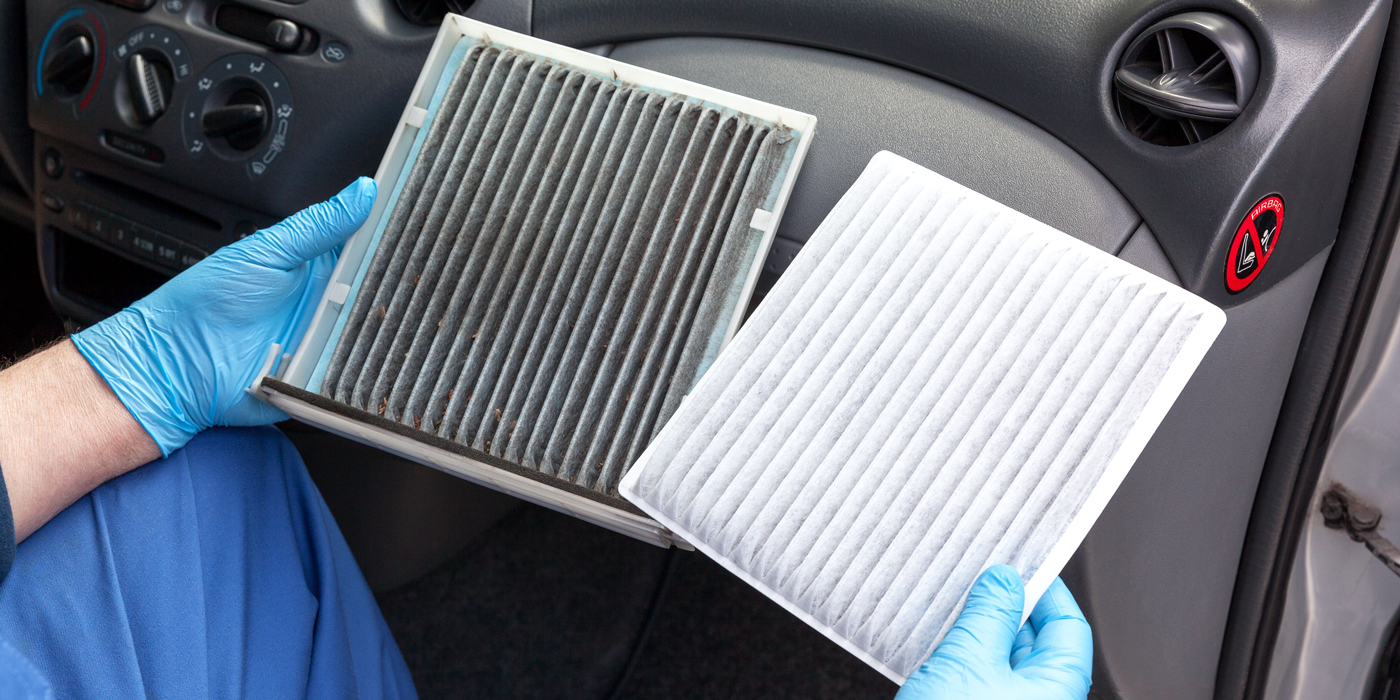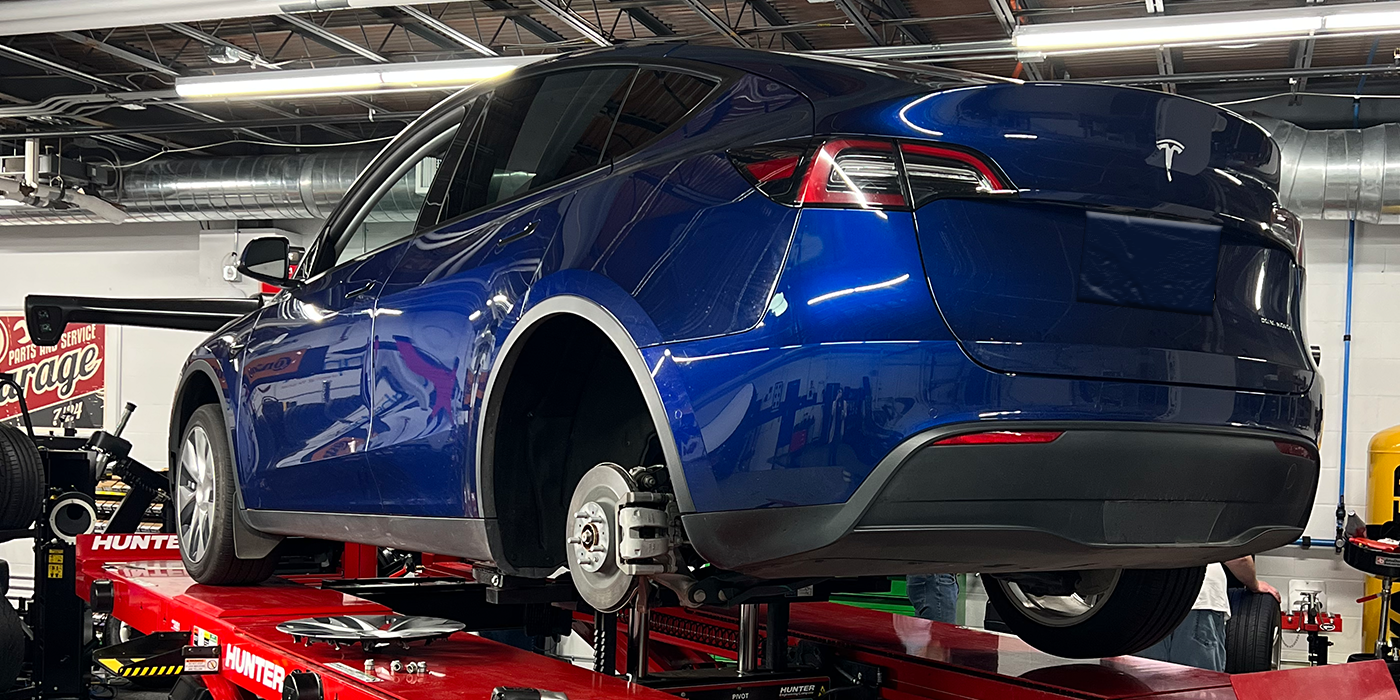A modern strut consists of the strut housing, shock absorber, coil spring, upper support bearing, dust boot and rebound bumper.

Strutting Their Stuff
The MacPherson Strut that we’re so familiar with today was invented by Earle S. MacPherson in 1947 and popularly introduced into the import markets during the 1960s and ‘70s, with domestic manufacturers following in the 1980s. Many smaller vehicles with unitized bodies use MacPherson struts because the design is very compact and contains fewer moving parts than conventional short/long control arm (SLA) suspensions. The upside of MacPherson struts is a far more durable suspension design, while the downside is sensitivity of tire wear to changes in suspension height.
While this coil-over shock absorber might appear similar to a MacPherson strut, the upper control arm is the component that actually controls wheel alignment angles.
Macpherson Components
A MacPherson strut should not be confused with a coil-over shock absorber, which is similar in appearance, but functions only as a shock absorber. In contrast, a MacPherson strut housing attaches directly to the steering knuckle and maintains caster and camber wheel alignment angles. A modern strut consists of the strut housing, shock absorber, coil spring, upper support bearing, dust boot and rebound bumper.
The shock absorber component consists of a piston suspended by a piston rod, traveling inside a cylinder filled with oil. The oil lubricates the assembly and provides resistance to piston travel. As the piston moves vertically, a set of one-way valves installed in the piston head controls the resistance of compression and extension travel. Since the strut’s shock absorber operates directly in the wheel assembly’s vertical plane of travel, the MacPherson strut tends to be softer and with a greater range of travel than conventional shock absorbers. On electronically controlled suspension systems, the compression and rebound control valving can be changed to suit driving conditions or the driver’s taste in ride control.
Mechanical Issues
Because struts tend to leak oil from the piston shaft seal, a “dry” oil stain forming around a strut’s piston rod seal is normal, while a “wet” oil stain indicates excessive oil leakage. A major loss of oil increases the tendency of the oil to foam during expressway driving which, in turn, drastically reduces rebound control and increases tire wear. In addition, worn strut support bearings can cause a phenomenon referred to as “steering memory, ” in which the steering wheel fails to return to center.
Since rebound control in a MacPherson Strut is generally less pronounced, diagnosing worn struts is generally more difficult. When a vehicle’s suspension is manually bounced, the general rule of thumb states that a good strut should dampen suspension travel on the first rebound or cycle. Due to the extensive use of plastics at the front of most modern vehicles, manually testing rebound control is difficult. The best method that I’ve found for testing rebound control on struts is taking a short test drive over some mild bumps or dips in a driveway or road surface. If rebound control exceeds one cycle, the struts should be replaced.
Installation Tips
Replacement struts are often sold as replacement cartridges requiring special tooling and major disassembly. First, the strut must be removed from the vehicle and installed in a strut vise. Keep in mind that removing or installing the spring can be very dangerous if recommended equipment isn’t used and specific safety procedures not followed. The spring must be compressed with tools specifically designed for this purpose. The support bearing retaining nut must be safely removed, along with the spring, boot and rebound bumper. Next, the strut cartridge retaining nut might require a special wrench or socket for removal.
In contrast, most ride control manufacturers are now offering strut assemblies complete with new springs, boots, rebound bumpers and support bearings. Most professional shops have found that installing complete assemblies largely reduces defects in workmanship and performance. Last, always recommend selling struts in pairs or sets of four and don’t forget to remind the technician that a wheel alignment might be required to restore camber and toe angles to manufacturer’s original specifications.













